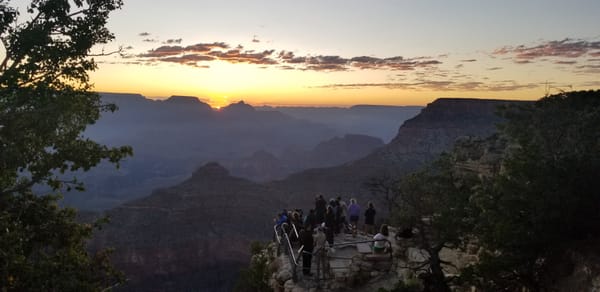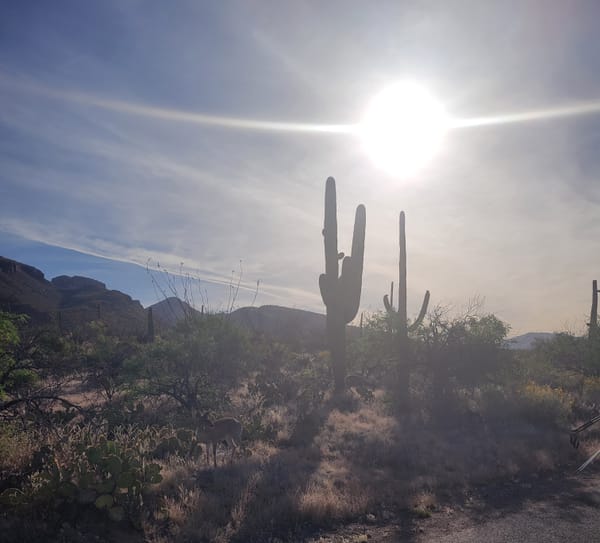Yuma’s Roadside Secrets
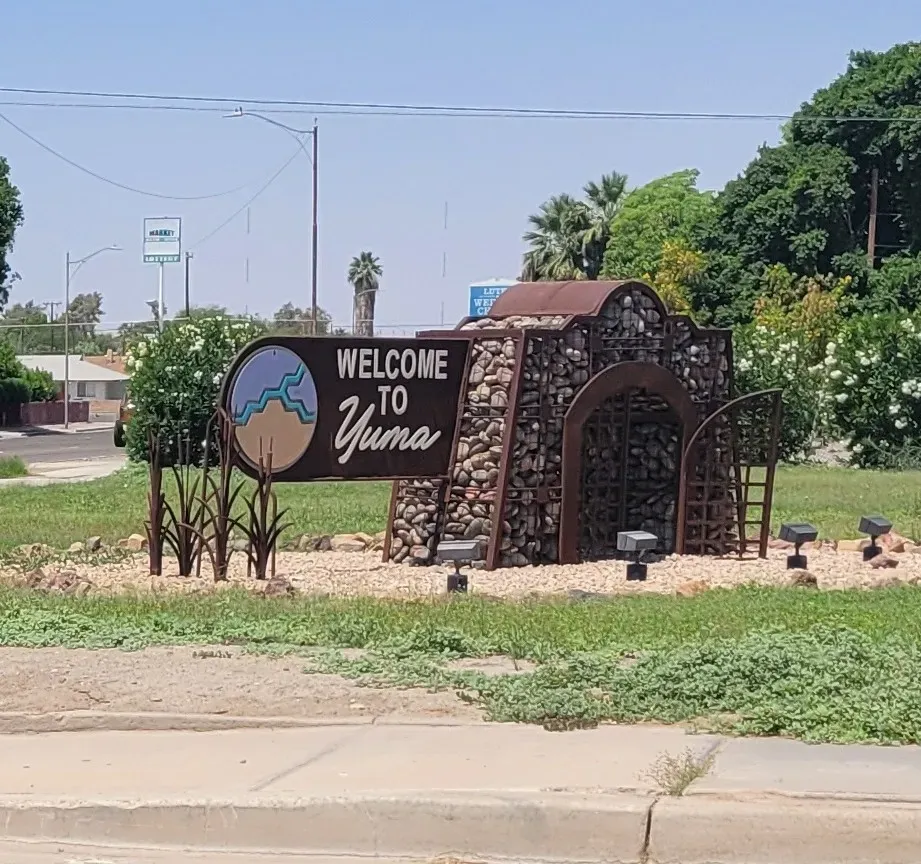
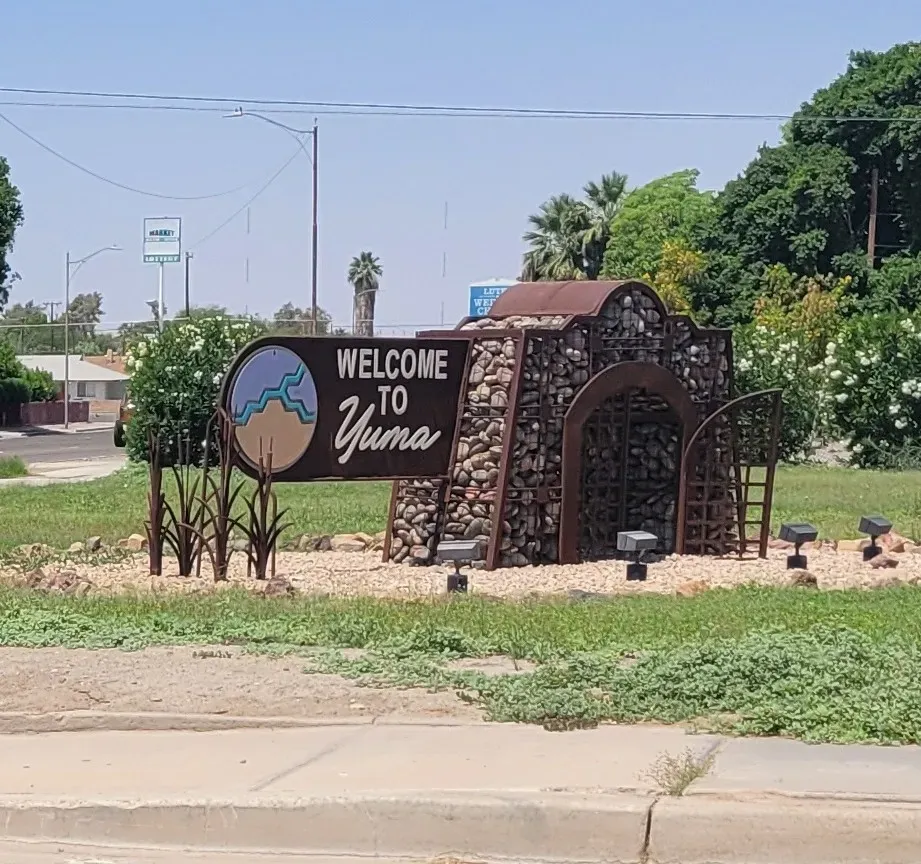
Yuma isn’t the first place most people think of when they imagine weird Arizona. It’s hot, flat, and often treated as little more than a pit stop on the way to California. If you take the time to look around and actually explore, you’ll find that Yuma has a strange energy humming just beneath the surface. It isn't polished or postcard ready, and that’s what makes it worth seeing.
This isn’t a post about museums or scenic overlooks. It’s about the odd landmarks tucked into forgotten corners. The kind of places that don’t make sense, but feel too deliberate to be accidents. They’re quiet and easy to miss. They make you wonder what other roadside attraction are out there, hiding in plain sight.
Statue of Liberty With Manhattan Mural
Along South 4th Avenue in Yuma, a 10-foot replica of the Statue of Liberty stands just off the sidewalk outside the OYO Inn. It’s hard to miss, not just because of the statue itself, but because it’s backed by a mural of lower Manhattan and framed by palm trees instead of skyscrapers. The piece was installed in 2022 and built by artist Jud Turner using recycled materials, including parts that speak to American industrial history.
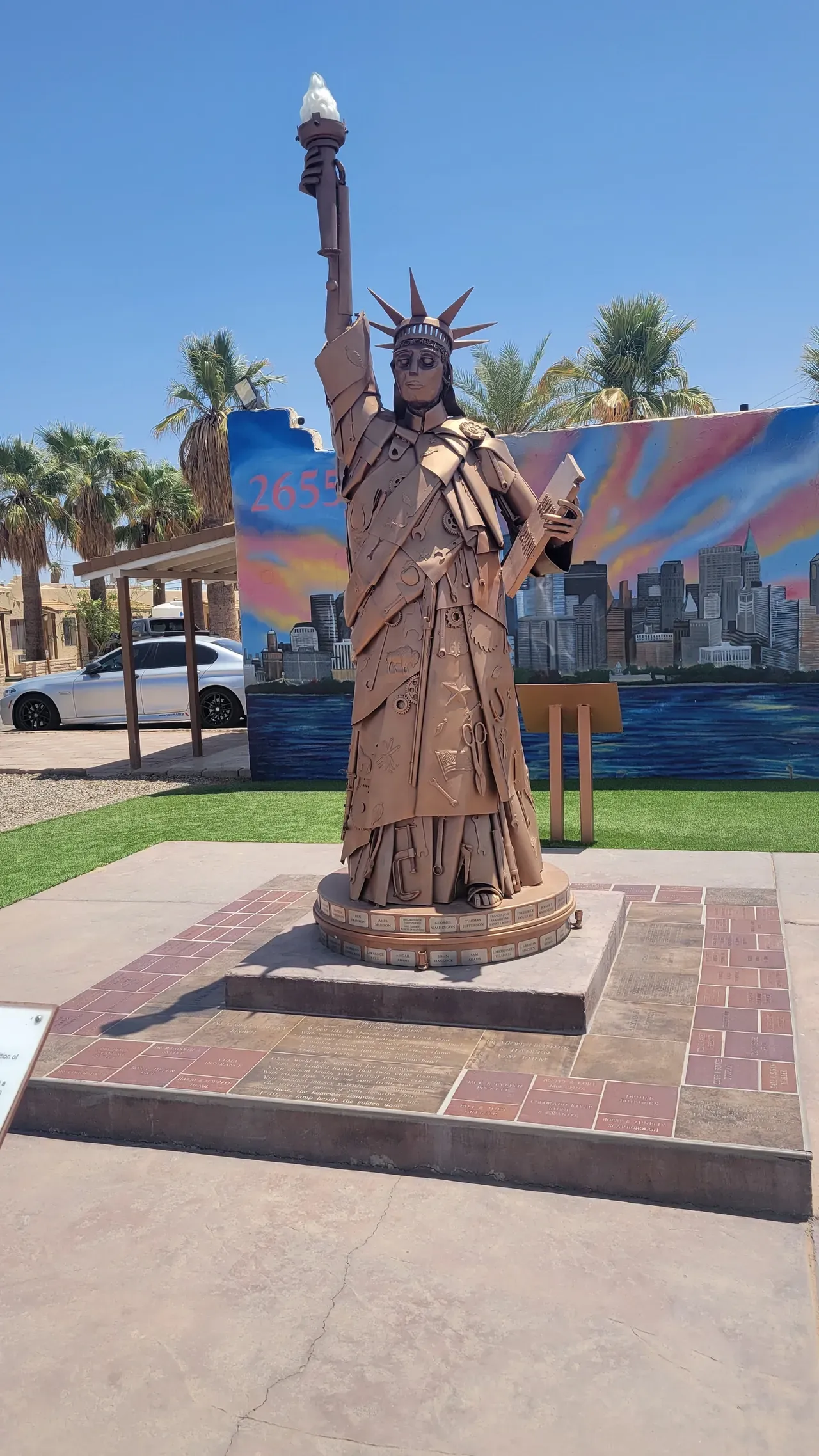
Bridge to Nowhere
Constructed in 1929, this bridge once carried U.S. Route 95 over the Gila River. Named after Henry Harrison McPhaul, a local resident and Arizona Ranger, the bridge was an essential part of the region's transportation network. Designed by engineer Ralph Modjeski and built by the Levy Construction Company, the bridge spans 1,184 feet with a 798-foot main span. Its narrow 16-foot width, however, rendered it unsuitable for modern traffic demands. By 1968, a new dam and bridge were constructed upstream, rerouting the river and highway, and leaving the McPhaul Bridge isolated over a dry riverbed.
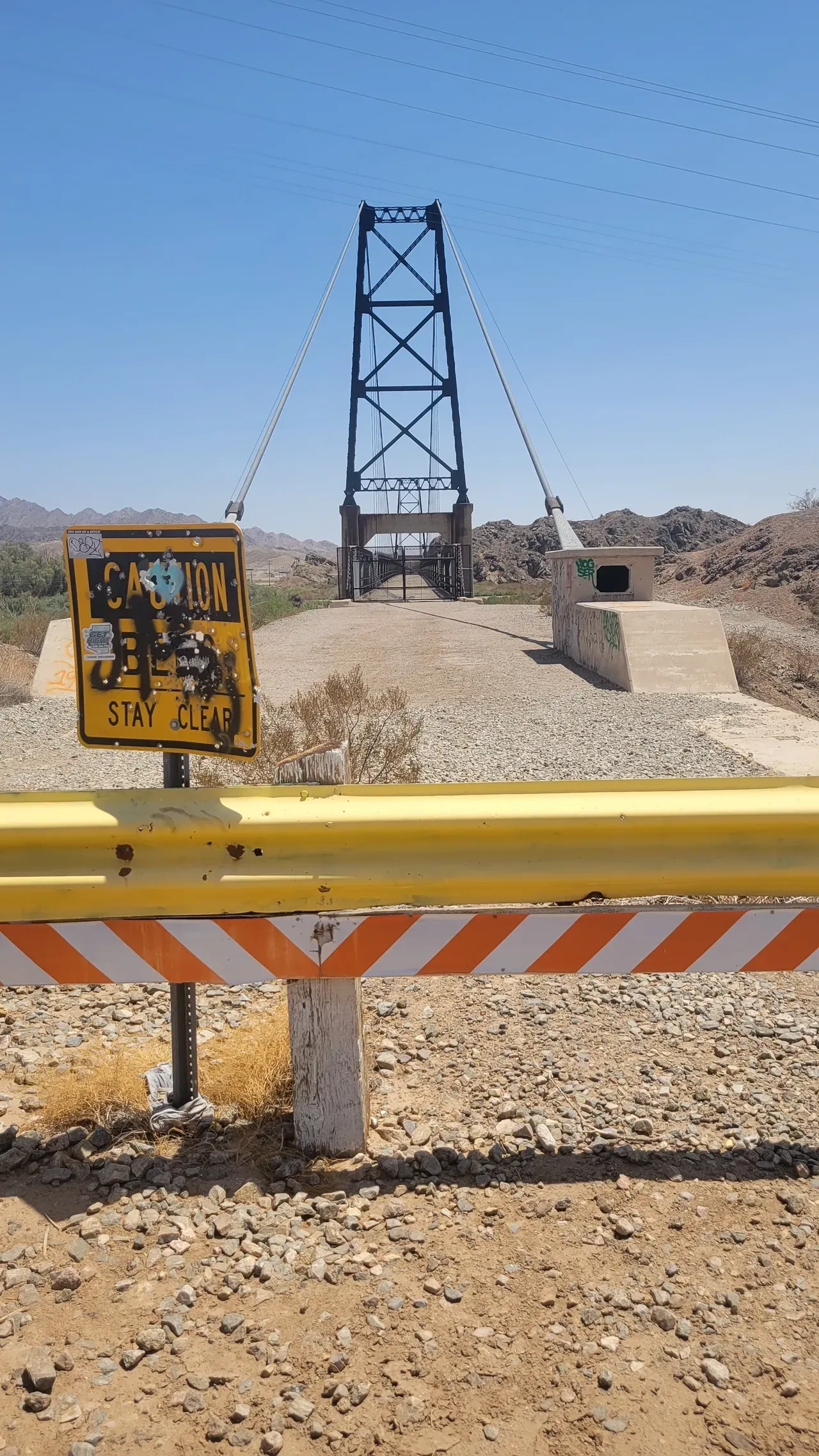
Today, the bridge stands as a relic of the past, its towers visible from U.S. Route 95. Although closed to vehicular and pedestrian traffic due to safety concerns, it remains a striking example of early 20th-century engineering. The bridge's enduring presence in the desert landscape offers a poignant reminder of the ever-evolving nature of infrastructure and the stories embedded within.
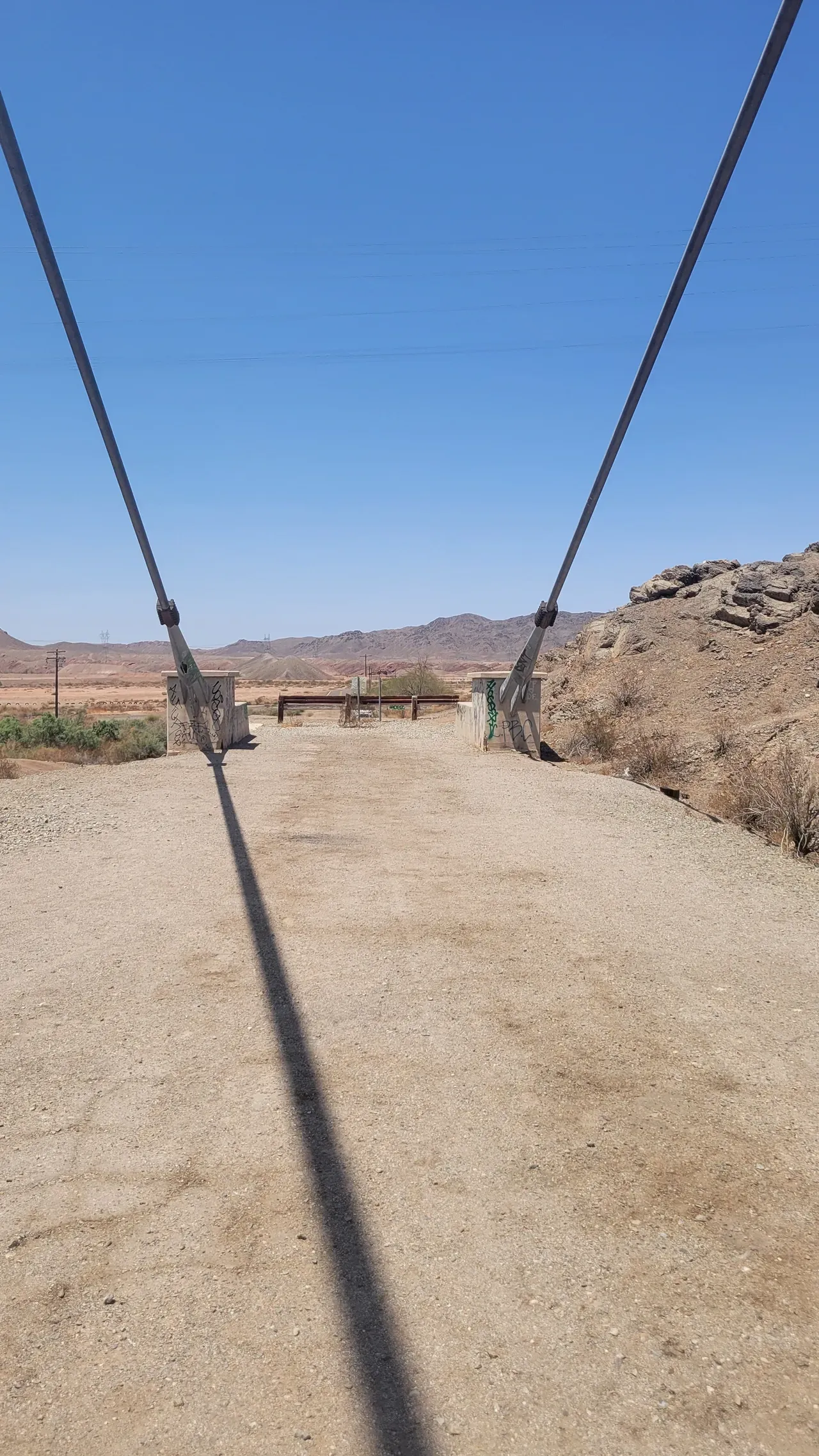
The Small Church in the Middle of Nowhere
On the side of U.S. 95, just north of Yuma, there’s a stretch of open fields and sky where most people drive without looking twice. Tucked into that landscape is something small, white, and easy to miss: a tiny chapel built by hand, standing quietly in the desert.
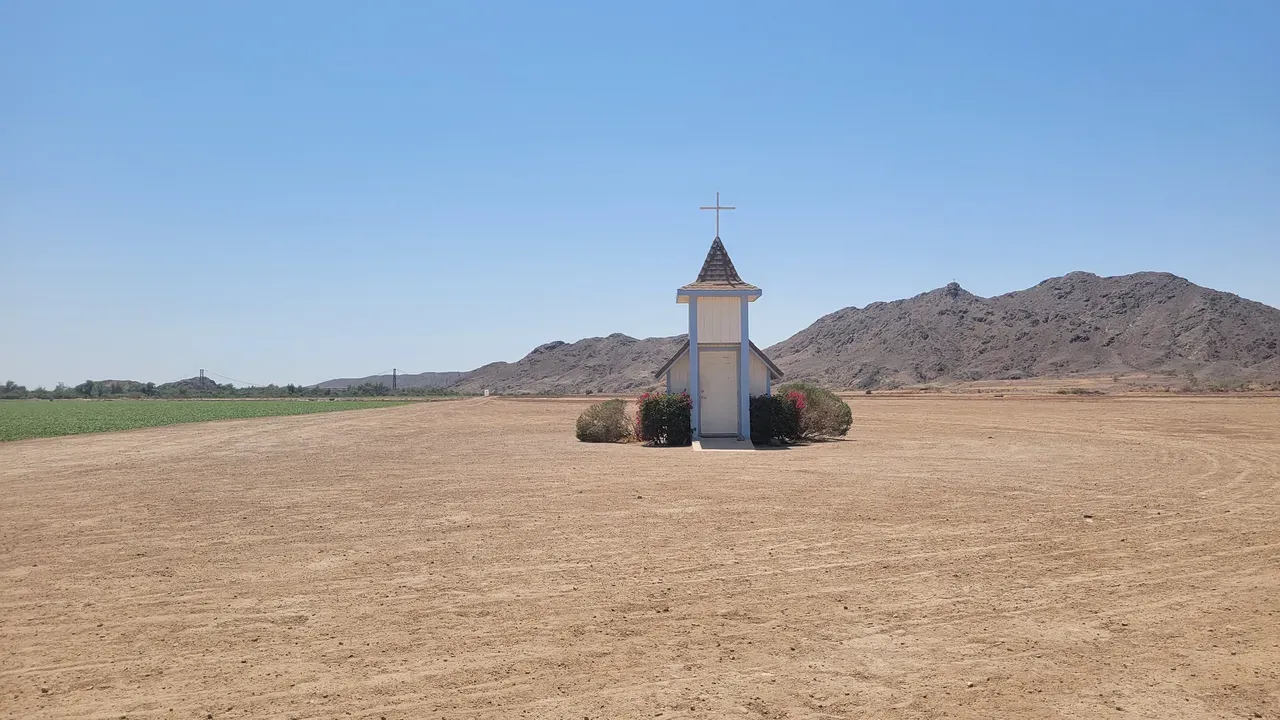
The structure is barely big enough to hold a dozen people. Inside, there are a few small pews, a wooden cross, and a guestbook filled with messages from travelers who stumbled on it by accident or made a point to return.
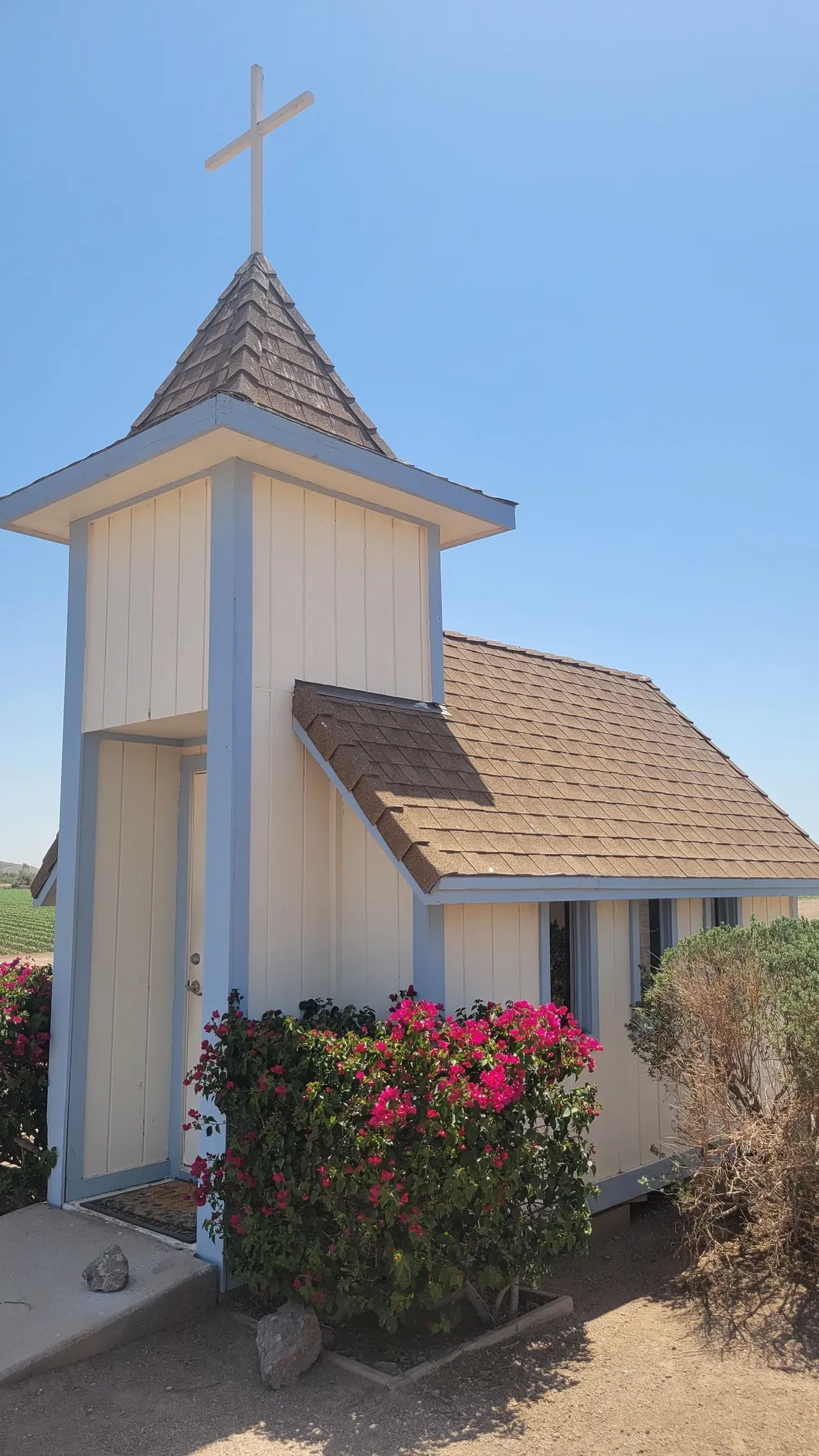
This isn’t a tourist trap. There’s no visitor center or signs trying to pull you off the road. It’s just there being quiet, sincere, and a little surreal. In a region defined by wide highways and flat farmland, the chapel feels like a soft interruption. The door is usually open and you can step in for a look. A reason to stop, take a breath, and think about something other than where you’re going next.
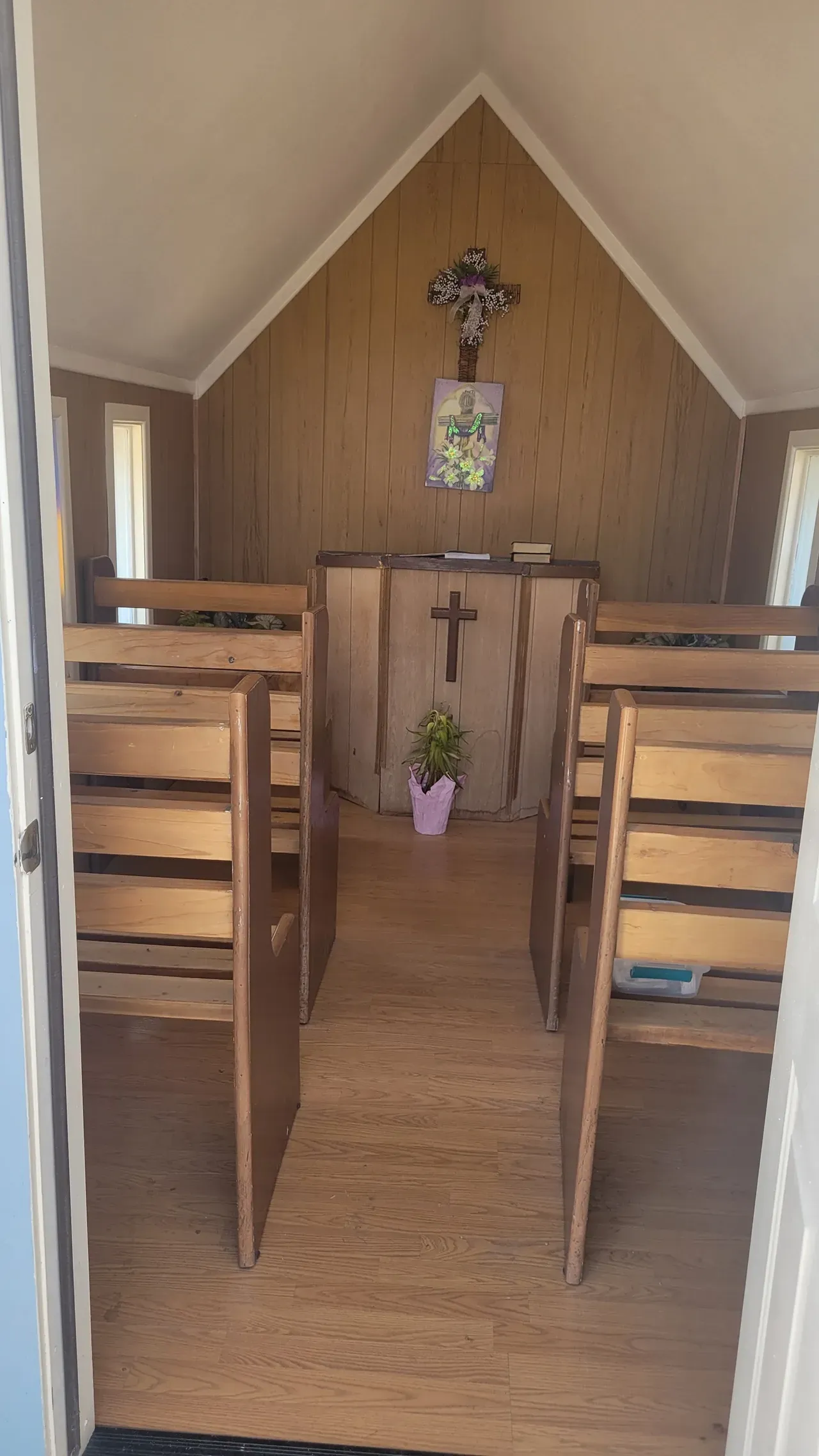
The Unexplainable Vibe of It All
There’s no official trail connecting these spots. There’s no central theme that ties them together. What unites them is the feeling they give you. It’s the same kind of subtle unease you get when you stumble into something unmarked. You’re aware that you’ve found something that seems out of place.
Yuma’s weirdness isn’t loud. It doesn’t announce itself. It just waits for people who are curious enough to wander a little off-course. The more time you spend there, the more you notice these roadside attractions.
Arizona is full of this kind of energy, but Yuma carries it differently. Maybe it’s the heat or the space. Maybe it’s something else entirely. Whatever it is, it’s worth pulling over for.


